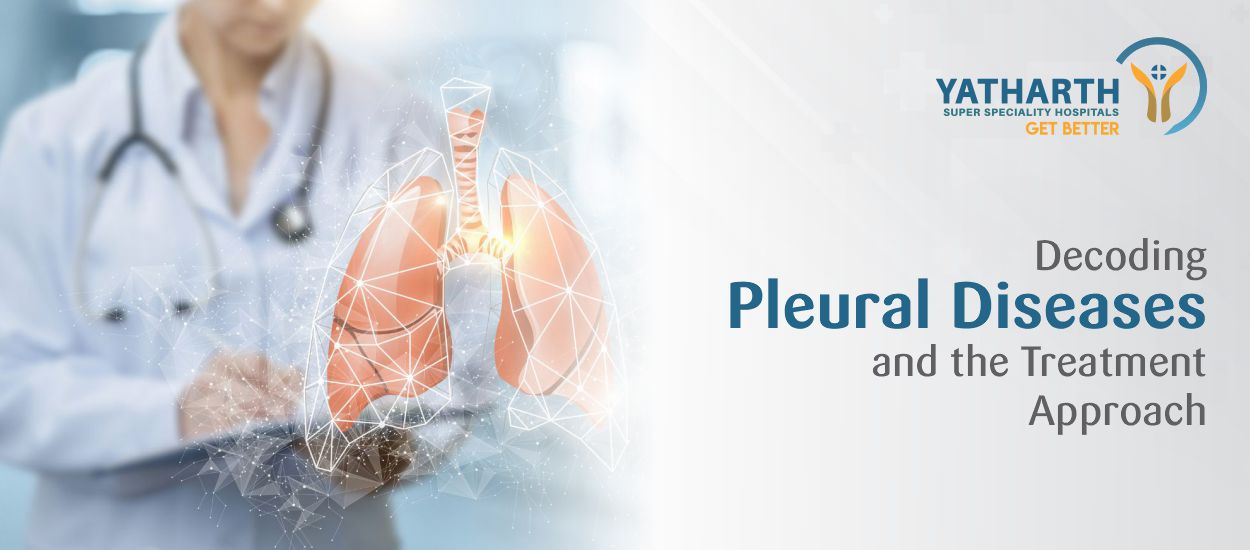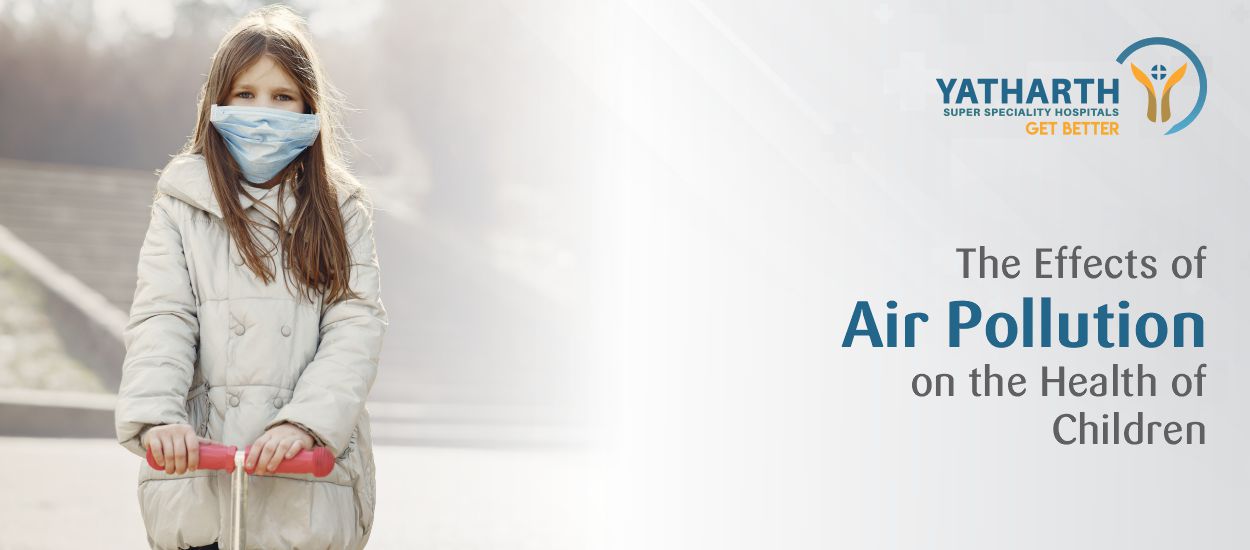Overview
Pleural diseases refer to conditions affecting the tissue (called pleura) that covers the external area of the lungs and lines the internal space of the chest cavity. The thin space that lies between the two layers of the pleura is termed the pleural space, which is filled with a small quantity of fluid. When we inhale and exhale, the fluid enables these pleural layers to move smoothly against one another. In other words, the fluid acts as a lubricant so our lungs can move back and forth smoothly against the chest wall while we breathe.
However, any injury, infection or inflammation will lead to a build-up of fluid, pus, blood or air in this pleural space, which may then cause a pleural disorder. The three types of pleural disorders are pleurisy, pleural effusion, emphysema and pneumothorax. Each of them has varying causes. Pleurisy denotes a condition wherein the pleura is inflamed or swollen. As for pleural effusion and pneumothorax, they could develop if some infection, medical condition or chest injury triggers an accumulation of fluid, blood, pus, air or other gases in the pleural area.
The Types of Pleural Disorders
Various conditions could arise involving the pleura and its cavity. Each disorder has its distinct causes, symptoms and management or treatment modalities. The major diseases are highlighted below:
-
Hemothorax: This is characterized by the accumulation of blood in the pleural cavity. Mostly caused by chest trauma, its other causes include lung (pleural) cancer and chest or heart surgery. Its symptoms are chest pain, breathlessness, increased heart rate, anxiety or restlessness and respiratory failure.
-
Pleural effusion: One of the most prevalent problems related to the pleura, it is caused by excess fluid build-up in the pleural cavity, which puts pressure on the lung, preventing its full expansion while breathing. The causes include congestive heart failure, pneumonia, tuberculosis, lung cancer, lupus, liver disease, pulmonary embolism and adverse reactions to specific medications. It may be characterized by cough, fever, chest pain and breathlessness or even manifest without any symptoms.
-
Empyema: Caused by pus build-up in the pleural cavity, it is a kind of pleural effusion generally linked with pneumonia. The symptoms (cough and fever) are those related to pneumonia, apart from impaired breathing and breathlessness.
-
Pleural tumours: These are malignant tumours emerging from the pleura (like mesothelioma) or which spread to the pleura from another area (metastatic) and benign tumours arising in the pleura. Some symptoms could include breathlessness, cough, chest pain and inexplicable weight loss.
-
Pleurisy: This is an inflammation or swelling of the pleura. Its causes include respiratory system infection by a virus or bacteria, chest injury, tumour in the pleural cavity, tuberculosis or some other infection, rheumatoid arthritis, sickle cell crisis, lupus, pancreatitis, pulmonary embolism and complications from heart surgery. The symptoms include chest pain when taking deep breaths, breathlessness, fever, chills, joint swelling or soreness and inexplicable weight loss.
-
Pneumothorax: This refers to a build-up of air within the pleural cavity between the external area of the lung and the internal part of the ribcage. The causes may include an injury to the lung due to an air leak, chronic obstructive pulmonary disease (COPD) or other lung disease, ruptured air blisters, TB and mechanical ventilation. Its symptoms could include breathlessness, rapid breathing, chest pain on taking deep breaths, cyanosis (bluish skin discolouration) and respiratory distress.
Diagnosing Pleural Disease
Pleural disease could be inferred based on one’s medical history and the results of a physical examination. This is then confirmed via a chest X-ray (which will reveal the chest cavity’s interior), USG check and a CT scan. The scan will show several images of the body’s internal area from diverse angles and depths, revealing a high amount of detail. To make sure the organs and blood vessels are captured clearly in the scans, the patient may need to swallow or be injected with a dye in the vein when the scan is being done. Moreover, specific blood tests could be done to determine the pleural disease’s cause and severity. Thoracocentesis will be required to find out the cause of pleural effusion and a biopsy in case of TB or cancer.
Treatment of the Condition
How pleural disease is treated depends on the treatment of the specific condition causing it. Therefore, the treatment could vary from placing a chest tube to evacuate or remove air, draining excess fluid either with a needle or chest tube or opening the chest cavity to allow removal of the fluid, pus, blood or air.
In the case of recurrent pneumothorax, the pleural surface may be abraded (roughened) to make sure the lung adheres to the chest wall. In some malignancy cases (mesothelioma), removal of the entire pleura along with the underlying lung may be necessary.
Whatever the requirement, the doctor will discuss the diagnosis as well as the surgical and non-surgical treatment alternatives with the patient. When dealing with pleural diseases, it is advisable to visit the best pulmonology hospital with the best lung specialists to treat the condition. If specialized pleural services are available, it is possible to manage some conditions on an outpatient basis, limiting the percentage of procedures while improving patient safety, thereby reducing the overall costs of care.
















